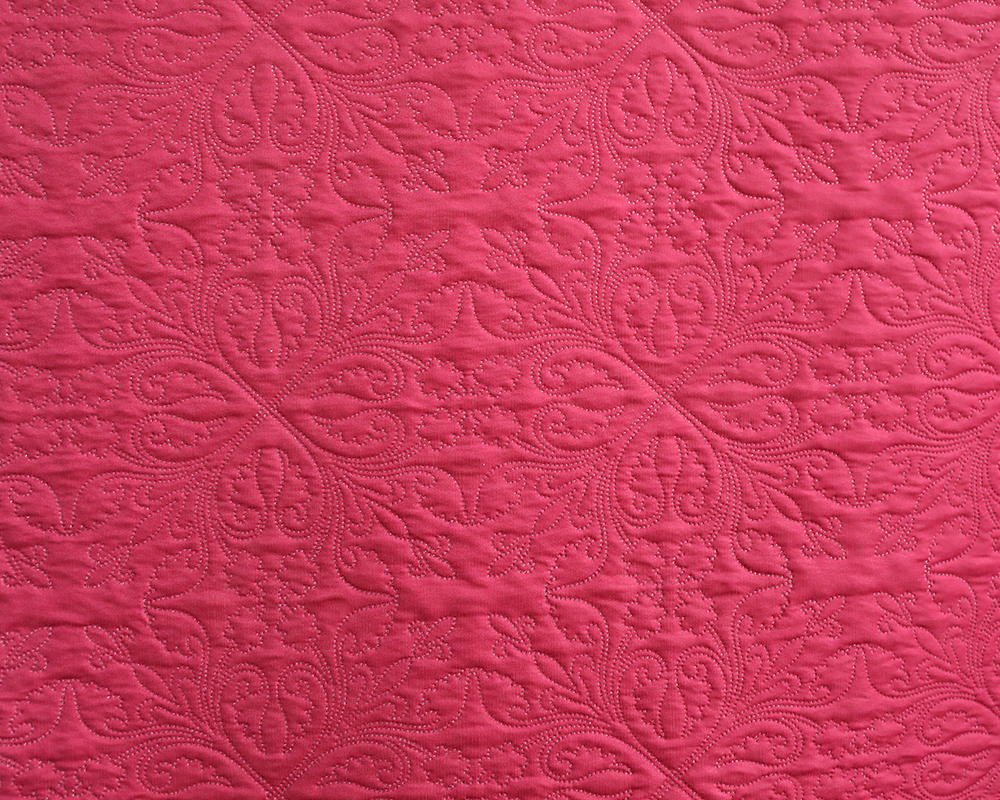Search...
With the continuous development of flexible electronic technology, wearable devices and smart textiles, new materials with multifunctional integration capabilities have become a research hotspot. Among them, Dyed Ultrasonic Fabric has shown great potential in the field of smart wearables because of its sensing performance and color expression. This article will systematically analyze how this material can achieve the synergistic integration of color beauty and health monitoring functions from the aspects of material properties, structural design, dyeing process and application scenarios.
1. Basic composition and sensing principle of Dyed Ultrasonic Fabric
Dyed Ultrasonic Fabric is a flexible sensing fabric that combines piezoelectric effect or capacitance change mechanism. Its core is usually composed of embedded piezoelectric fibers, conductive yarns or nano-coatings, which can generate electrical signals in response to external pressure, vibration or deformation. By collecting these signals, real-time monitoring of physiological parameters such as human motion status, heart rate, and respiratory rate can be achieved.
This type of fabric has good flexibility, stretchability and washability, is suitable for long-term close-fitting wear, and provides a stable and reliable technical foundation for health monitoring.
2. The dual impact of dyeing process on fabric functionality and aesthetics
Traditional electronic fabrics are often difficult to dye conventionally due to the presence of metal wires or conductive materials, which limits their application in the fashion and consumer fields. However, Dyed Ultrasonic Fabric has successfully achieved the compatibility of color customization and sensing performance by introducing advanced dyeing technology.
Currently commonly used dyeing methods include:
Reactive dye dyeing: Applicable to natural fibers such as cotton and linen, with good color fastness;
Disperse dye dyeing: Applicable to synthetic fibers such as polyester, suitable for high-elasticity fabrics;
Nano-level conductive material composite dyeing: Conductive particles are introduced simultaneously during the dyeing process to ensure that the fabric has excellent sensing performance while maintaining color.
By optimizing the type of dye, dyeing temperature and time, the fabric can be given rich colors and patterns without affecting the electrical performance, meeting the user's demand for personalized appearance.
3. Practice of integration of functions and aesthetics in smart wear scenarios
In practical applications, Dyed Ultrasonic Fabric has been widely used in the following categories of smart wearable products:
Smart clothing: such as smart T-shirts, sports vests, etc., can be used to monitor athletes' cardiopulmonary function and posture;
Rehabilitation aids: such as smart knee pads, waist guards, etc., can provide real-time feedback on joint activity and assist rehabilitation training;
Fashionable wearable devices: such as smart scarves, bracelets, etc., which are both decorative and can realize health data collection.
In these products, fabrics not only play the functional role of data collection, but also enhance the market appeal and user experience of products through diversified color and texture design.
4. Future Development Trends and Challenges
Although Dyed Ultrasonic Fabric has shown significant advantages in the field of smart wearables, its large-scale application still faces some challenges:
Dyeing stability and durability issues: Color may fall off or conductivity may decrease after long-term use or multiple washings;
Cost control and production process standardization: The current manufacturing process is complex, which limits the efficiency of mass production;
Improvement of multimodal perception capabilities: In the future, it is necessary to further integrate multiple sensors such as temperature, humidity, and pressure to improve comprehensive perception capabilities.
Therefore, future research directions should focus on optimizing material structure, improving dyeing technology, improving fabric durability, and promoting its development towards low-cost, high-performance, and multi-functional integration.
Dyed Ultrasonic Fabric has achieved a dual breakthrough in health monitoring function and color aesthetics in smart wearable devices by cleverly integrating sensing technology and dyeing technology. It not only expands the application boundaries of smart textiles, but also provides solid technical support for the development of personalized and intelligent wearable devices in the future. With the continuous advancement of materials science and flexible electronics technology, this type of fabric is expected to play a greater role in many fields such as medicine, sports, and fashion.

 English
English
 中文简体
中文简体
 Español
Español





.jpg?imageView2/2/format/jp2)






